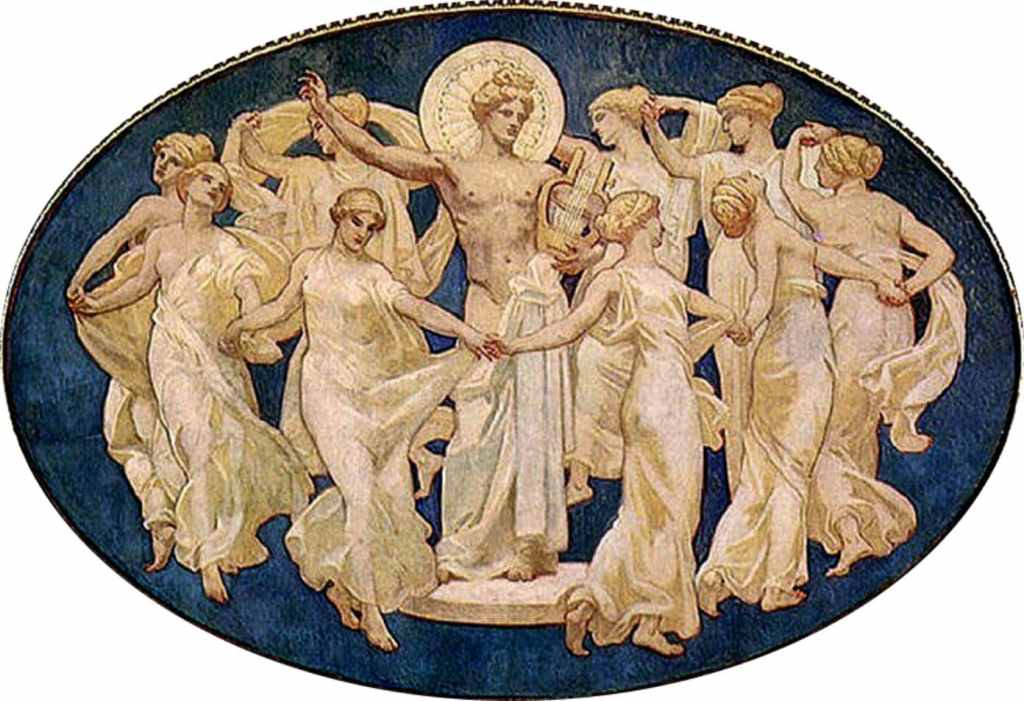
Since my last post nine months ago I have made considerable progress toward my doctoral dissertation proposal, although not as much as I had planned. I made it through my written and oral comprehensive exams with flying colors, although I ran into a snag during the written exam time frame. I had my right knee replaced on Jan. 28 and was only three weeks post operation when the exam started. On the Monday of President’s Day (Feb. 18) I was walking into school with my cane and my wife helping (she had to drive me to school since it was my right leg). It was snowing lightly. I hit a slippery spot on the sidewalk and fell backward onto my right leg, badly tearing the muscles in my thigh as the leg hyperextended, and also causing a small fracture next to the implant on my femur. I was on crutches for two months and in a lot of pain during the exam period, but I still managed to do well. By June I was more or less back on my feet with a lot of physical therapy and even attended a Deeper Learning conference in St. Paul, MN. More on this later.

I was hoping to have my proposal done by end of June and fully approved by now, but some uncertainty about my future has delayed my work, especially the methodology section. I was teaching at New Haven School for 4.5 years and came to the realization that as long as I was teaching full time (and more, since I also taught summers) I would not get much done. I needed to free up time that I could dedicate to the work, so I started looking for another job or jobs. The position for Secondary State Science Specialist came open and I applied, but was not selected. Then a part-time teaching and consulting position opened up at a private school called Ivy Hall Academy which is less than two miles away from my house, greatly cutting down on my commute time and allowing me time in the mornings to write when I am most creative. I will tell you more about this position and how it change my planned methodology in another post soon, but for now I want to report on my progress.

As soon as the summer term was completed at New Haven, which went well, I took off for Washington, DC literally the next day for the Teacher Innovator Institute at the National Air and Space Museum. We finally got to have our second in-person workshop after two years of COVID delays. I used the last of my NASM grant to purchase some video vodcasting equipment including a new microphone and a new cell phone and add-ons so that my video studio has shrunk immensely – I took it all with me and recorded several videos while in Washington, DC.

These videos have two purposes: first, to teach browser-based software to students in a flipped video learning model so that they can use the software for self-expression, creativity, and content mastery for their science content projects without requiring the teachers to have to learn it or teach it. The second purpose is to explain the theoretical, conceptual, and pedagogical frameworks of my dissertation so that teachers can have the information they need to try out student-generated media design projects for content learning in science.
The first of these videos, an overview, is completed and posted to my YouTube channel here:
I have also completed and posted four videos on how to use Photopea, a browser-based image editing program that is very similar to Adobe Photoshop from several versions ago. The videos teach the basics of using Photopea’s tools to color a line-art image, to use the type tool, to use selection tools and layer masks to isolate an image, and how to undistort an image taken from an angle. I’ve also almost completed a first video on using Wick Editor, a vector-based animation program similar to an older version of Adobe Flash (now Animate).

I hadn’t known about either of these programs prior to summer starting, but I presented a workshop on using browser-based tools and the participants taught me about them, so I wound up learning more from them than they probably learned from me. These two software packages fill in gaps in my suite of browser-based programs. I have also filled in the final gap by seeing how I can create animation using Clara.io. Although still a long ways from proficient, I am getting there.

Over the next two months I will add more videos, hopefully one every other day, in between writing my rationale, literature review, and methodology chapters. I hope to get back on track now that I have more time and am getting some traction.
Since my methodology plans are still evolving, I will talk about them in my next post. In the meantime, here is the script from this Overview video in case you want to read it.